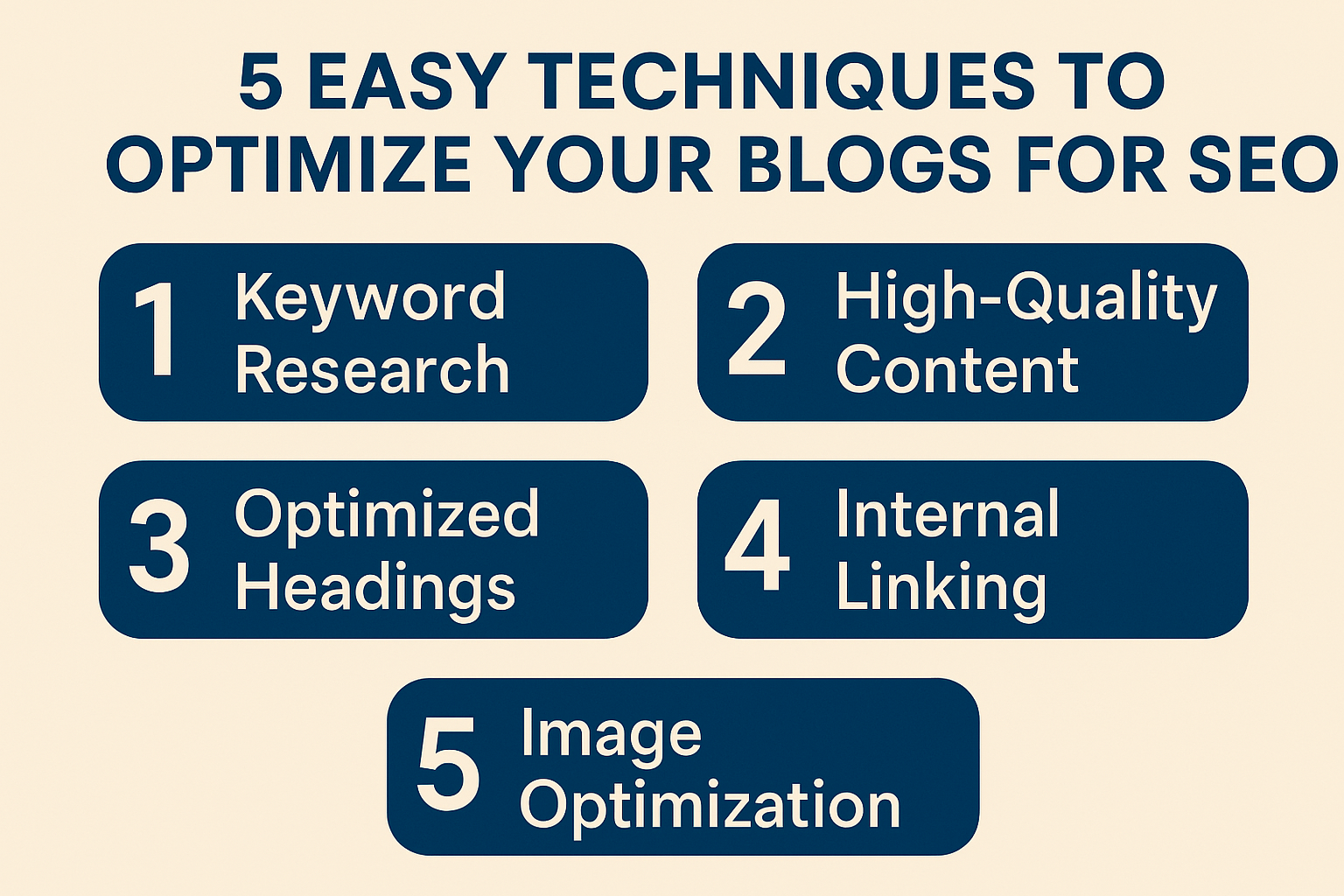Small Business Web Maintenance
The Ultimate Guide to Web Maintenance: Boosting Your Business’s Online Presence
In today’s digital age, maintaining a robust online presence is crucial for businesses aiming to thrive in a competitive market. Web maintenance isn’t just about fixing bugs or updating content; it’s about ensuring your website remains a powerful tool for customer engagement and digital marketing. From website optimization to consistent website support, a well-maintained site can significantly enhance your visibility and credibility.
As a trusted advisor, I’m here to guide you through the essentials of web maintenance, helping you boost your business’s performance and reach new heights. Let’s explore the strategies that can transform your website into a dynamic platform for growth and success. For more insights on website maintenance for small businesses, check out this comprehensive guide.
The Importance of Web Maintenance
Web maintenance is the cornerstone of a successful online presence. It encompasses various activities that keep your website running smoothly, securely, and effectively. Let’s explore why it’s crucial for your business.
Enhancing Online Presence
A well-maintained website is key to boosting your online presence. Regular updates and improvements signal to search engines that your site is active and relevant.
By consistently refreshing content and optimizing for search engines, you improve your chances of ranking higher in search results. This increased visibility can lead to more organic traffic and potential customers finding your business.
Moreover, a polished and up-to-date website reflects positively on your brand image. It shows that you’re committed to providing value to your visitors and staying current in your industry.
Improving Customer Engagement
Effective web maintenance has a direct impact on how customers interact with your brand online. A smooth, intuitive user experience encourages visitors to stay longer and explore more of what you offer.
Regular updates to your site’s content, such as blog posts, product information, and company news, give customers reasons to return. Fresh, relevant content also provides opportunities for engagement through comments, shares, and discussions.
Interactive elements, such as chatbots, contact forms, and social media integrations, when properly maintained, create seamless communication channels between you and your audience.
Ensuring Website Security
In today’s digital landscape, website security is paramount. Regular maintenance is essential for safeguarding your site and your customers’ data against cyber threats.
Keeping your content management system, plugins, and themes updated helps patch known vulnerabilities. Regular security scans can detect and address potential weaknesses before they’re exploited.
Implementing and maintaining SSL certificates, firewalls, and secure payment gateways helps build trust with your visitors and protect sensitive information. For more on the importance of regular website maintenance, check out this comprehensive guide.
Key Components of Website Support
Web Maintenance support encompasses a range of activities designed to ensure your site operates smoothly. Let’s delve into some essential components that ensure your website remains a valuable asset for your business.
Regular Updates and Backups
Consistent updates and backups are the foundation of solid website support. They ensure your site remains secure, functional, and recoverable in the event of issues.
Regular software updates patch vulnerabilities, add new features, and improve performance. This includes updating your content management system, themes, and plugins.
Automated backups create snapshots of your website at regular intervals. These backups are invaluable for quick recovery in the event that your site experiences data loss or becomes compromised.
It’s also crucial to test these backups periodically to ensure they can be successfully restored when needed.
Performance Monitoring Tools
Implementing performance monitoring tools is essential for maintaining a high-quality user experience. These tools provide insights into your website’s speed, uptime, and overall performance.
Tools like Google Analytics provide valuable insights into user behavior, traffic sources, and page performance. This information helps you make data-driven decisions for improvements.
Uptime monitoring services alert you to any downtime, allowing for quick resolution of hosting or server issues. Page speed tools help identify and address elements slowing down your site.
Handling Technical Issues
Adequate website support includes a robust system for promptly addressing technical issues. This ensures minimal disruption to your online presence and user experience.
Establish a straightforward process for identifying, reporting, and resolving technical problems. This might include a ticketing system for tracking issues from discovery to resolution.
Regular site audits can help preemptively identify potential technical issues before they impact users. This proactive approach minimizes downtime and maintains a smooth user experience.
Having access to technical expertise, either in-house or through a reliable support service, is crucial for addressing complex issues quickly and effectively.
Strategies for Effective Website Optimization
Website optimization is an ongoing process that enhances your site’s performance, user experience, and search engine rankings. Let’s explore key strategies to keep your website at its best.
SEO Best Practices
Implementing SEO best practices is crucial for improving your website’s visibility in search engine results. This involves a combination of on-page and off-page optimization techniques.
On-page SEO includes optimizing your content with relevant keywords, meta descriptions, and title tags. It also involves improving your site’s structure and internal linking.
Off-page SEO focuses on building high-quality backlinks and improving your site’s authority. This can be achieved through content marketing, social media engagement, and guest posting.
Regular SEO audits help identify areas for improvement and track your progress over time. For more insights on SEO and website optimization, check out this guide to creating a website in 2024.
Mobile Responsiveness
With mobile devices accounting for a significant portion of web traffic, ensuring your site is mobile-responsive is no longer optional.
A mobile-responsive design adapts seamlessly to different screen sizes, providing an optimal viewing experience across devices. This includes adjustable layouts, scalable images, and touch-friendly navigation.
Google’s mobile-first indexing means that the mobile version of your site is prioritized for ranking. Therefore, a mobile-responsive design has a direct impact on your search engine visibility.
Regular testing on various devices and browsers ensures your site remains accessible and functional for all users.
Fast Loading Times
Website speed is a critical factor in user experience and search engine rankings. Fast-loading pages keep visitors engaged and reduce bounce rates.
Optimize images by compressing them and using the most suitable file formats. Minimize HTTP requests by combining files and using CSS sprites where possible.
Leverage browser caching to store static files on users’ devices, reducing load times for repeat visitors. Consider using a Content Delivery Network (CDN) to serve content from servers geographically closer to your users.
Regularly monitor your site’s speed using tools like Google PageSpeed Insights and make necessary adjustments to maintain optimal performance.
 Leveraging Digital Marketing for Growth
Leveraging Digital Marketing for Growth
Digital marketing is a powerful tool for driving growth and expanding your online presence. Let’s explore key strategies to market your business in the digital landscape effectively.
Content Marketing Strategies
Content marketing is about creating and sharing valuable, relevant content to attract and retain a clearly defined audience. It’s a long-term strategy that builds strong relationships with your customers.
Begin by creating a content calendar that aligns with your business objectives and your audience’s interests. This could include blog posts, videos, infographics, and podcasts.
Focus on creating high-quality, original content that provides real value to your audience. This not only improves your SEO but also positions your brand as an authority in your industry.
Regularly analyze your content performance and adjust your strategy based on what resonates most with your audience.
Social Media Integration
Integrating social media with your website creates a cohesive online presence and expands your reach. It’s an effective way to engage with your audience and drive traffic to your site.
Choose social platforms that align with your target audience and business goals. Consistently share your website content on these platforms to increase visibility and engagement.
Use social media widgets on your website to showcase your social presence and make it easy for visitors to follow and share your content.
Utilize social listening tools to track mentions of your brand and participate in relevant conversations, fostering relationships and trust with your audience.
Email Marketing Campaigns
Email marketing remains one of the most effective digital marketing strategies, offering a direct line of communication with your audience.
Build your email list organically by offering valuable content or incentives in exchange for email addresses through website sign-ups.
Segment your email list based on subscriber preferences, behaviors, or demographics to deliver more targeted and relevant content.
Use automation to send personalized emails triggered by specific actions or milestones, such as welcome emails, abandoned cart reminders, or birthday offers.
Regularly analyze your email metrics, such as open rates and click-through rates, to refine your strategy and improve engagement.
Building a Strong Customer Relationship
Fostering strong customer relationships is crucial for long-term business success. Let’s explore strategies to enhance customer satisfaction and loyalty through your website.
User Experience Improvements with Web Maintenance
Continuously improving user experience (UX) is key to keeping visitors engaged and encouraging repeat visits. A positive user experience (UX) can significantly impact customer satisfaction and conversions.
Conduct regular user testing to identify pain points in your website’s navigation or functionality. Use heat mapping tools to understand how users interact with your pages.
Simplify your site’s structure and ensure information is easily accessible. Implement clear calls-to-action (CTAs) to guide users through their journey on your site.
Pay attention to accessibility, ensuring your site is usable for people with disabilities. This not only broadens your audience but also demonstrates your commitment to inclusivity.
Personalization Tactics
Personalization can significantly enhance the user experience, making customers feel valued and understood. It can lead to increased engagement, conversions, and customer loyalty.
Implement dynamic content that adapts to user behavior, preferences, or demographics. This could include personalized product recommendations or tailored content suggestions.
Use cookies and user accounts to remember preferences and provide a consistent experience across sessions. Personalized email marketing campaigns can also strengthen customer relationships.
Strike a balance between personalization and privacy concerns, always being transparent about data collection and usage. For more on personalization and other website maintenance strategies, check out this guide to website maintenance and support.
Feedback and Support Channels
Providing effective feedback and support channels is crucial for building trust and resolving customer issues promptly. It shows that you value customer input and are committed to their satisfaction.
Implement multiple contact options, such as live chat, contact forms, and a dedicated support email. Ensure these are easily accessible from every page of your website.
Consider adding an FAQ section or knowledge base to address common questions and reduce support workload. This also empowers customers to find answers independently.
Regularly solicit feedback through surveys or feedback forms. Act on this feedback to improve your products, services, and overall customer experience.
Respond to all feedback, both positive and negative, in a timely and professional manner. This demonstrates your commitment to customer satisfaction and can turn negative experiences into positive ones.











